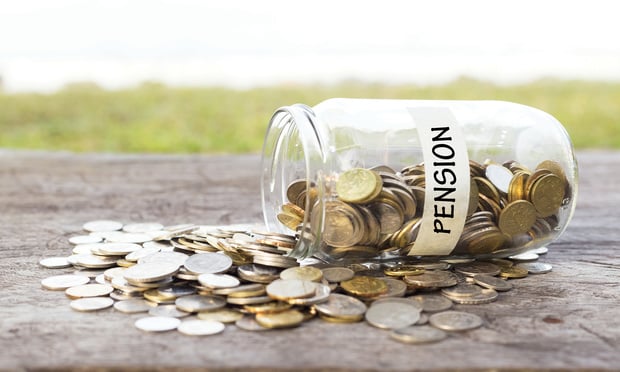 Gretchen Rubin on stage with Paul Wilson (Credit: Lauren Lindley)
Gretchen Rubin on stage with Paul Wilson (Credit: Lauren Lindley)
“Are you happy?”
This question is arguably one of the most loaded questions someone can ask. And the answer is just as difficult, especially in this employee landscape with burnout at an all-time high and the Great Detachment playing a big role in employees’ day-to-day lives.
Recommended For You
Gretchen Rubin, New York Times bestselling author and host of the “Happier” podcast, explores how and why we can work to make our lives happier, healthier, more productive, and more creative in her BenefitsPRO Broker Expo keynote presentation.

In her book, The Happiness Project, Rubin explains that one rainy afternoon on the bus in New York City, she asked herself what she wanted from life, posing the questions like “Am I happy? Is it possible to become happier? What is happiness anyway?” She went home and started her research immediately.
Rubin calls happiness a “limitless subject”. There are so many aspects in life that include happiness: work, relationships, fitness, home, habits. The list could go on and on. But how do you increase your happiness in these areas?
“For most people, we don’t spend enough time thinking about how to be happier. It’s not that we overthink it, it’s that we are so busy that we never think about it at all,” says Rubin. A simple answer to the question “How do I be happier?” is to think about it more.
Rubin also argues that negative emotions can be positive realizations because being happy all the time is unsustainable. “Negative emotions have an important role to play in a happy life. The point of a negative emotion is to point out that something is not working here… The challenge is to say ‘what do I do with this negative emotion?’” says Rubin. Negative emotions can be used to learn what a person wants or needs.

Happiness can look different for everyone. In professional life and personal life, one does not have to push and change all of the time; it can be all about balance, Gretchen says. “On one hand, we need to accept ourselves and to take joy and contentment in what we have. At the same time, we also need to expect more from ourselves,” says Rubin. “But only you know where that line is for you.”
“One of the best ways to make yourself happy is to make others happy, but what is also true is that one of the best ways to make other people happy is to be happy yourself,” Rubin says. She explains that working on your own happiness, you are going to support the happiness of other people.
Rubin uses the metaphor of putting on your own oxygen mask on a plane before helping other people. Rubin says, “If I’m going to be here for other people, I need to do the things that allow me to take care of myself.”
In terms of the workplace, people that are happier tend to be more engaged at work with less burnout. “Worrying about employee happiness is the right thing to do and tends to lead to a more productive workplace… It is something that goes to the bottom line,” Gretchen says.
Gretchen Rubin ends the keynote with the sentiment that working on your own happiness is incredibly valuable.
“When you are feeling energized, well rested, happier, you can meet other people with more openness, more curiosity, and more tolerance.”
© Touchpoint Markets, All Rights Reserved. Request academic re-use from www.copyright.com. All other uses, submit a request to [email protected]. For more inforrmation visit Asset & Logo Licensing.







